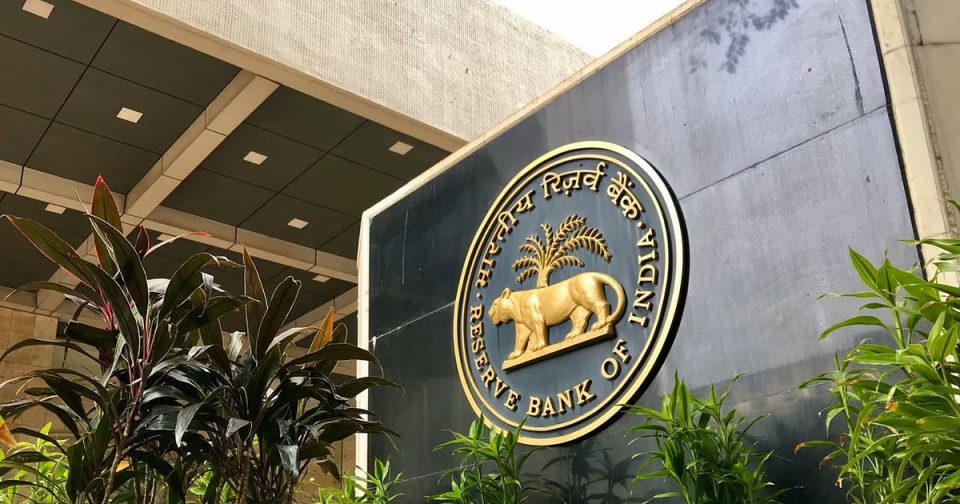Securitisation is the conversion of assets, primarily loans, into securities, usually by selling them to other lenders to raise cash. Hence, in India, securitisation is mainly done between NBFCs and banks. Typically, banks provide loans to NBFCs.
Since banks do not directly access rural customers or customers outside the big cities, they buy securitised loans from NBFCs.
Assume that NBFCs borrow money from banks regularly. Under RBI rules, the bank must meet its priority sector lending targets.
Accordingly, the bank will require NBFCs to securitise and acquire a portion of their qualifying portfolios. The bank will now hold the securitised asset on its balance sheet and bear its credit risk.
It provides liquidity to NBFCs by releasing resources locked in assets and giving them reasonable prices.
Banks mostly find it difficult to penetrate deeper regions to serve priority sectors. The workforce and expertise to acquire and manage such businesses are also often lacking. NBFCs are usually well-versed in the local realities of the regions in which they operate and have a wider reach. Hence, it makes sense for banks to secure loans from NBFCs to meet their priority sector lending targets.
Loans with a remaining maturity of fewer than 365 days cannot be securitised. In addition, the loan must have a 3-month repayment history.
It may affect securitisation volumes, but the quality of securitised loans may improve. Also, short-term loans will not be securitised now.
M&M Finance, Aavas Financiers Ltd and Indostar Capital have the highest securitised portfolio among listed NBFCs. In comparison, the securitisation levels of AU Small Finance Bank, Bajaj Finance and IIFL Finance are less than 3% of AUM.



